Plant and Save Trees on the North Oregon Coast
As part of our Sustainability Program, we’re introducing a new environmental project, and an associated fundraiser for trees and planting materials.
Walnut Studiolo's Tree Project plants and preserves trees in a critical region for climate change: the rainforests of the North Oregon Coast. This is a self-managed on-site environmental project to preserve native forest and plant new trees on our 5-acre homestead, and donate any excess funds to a local land trust building a green belt.
In this post, we talk about why trees, why here, how our program works, and what donations will be used for. We practice transparency in giving.

Jump to Section
Why Trees?
Trees play such an irreplaceable role in the health of the planet and mitigating climate change.
We have already passed the 1.5℃ limit set by the Paris Agreement, now making climate change irreversible. Trees are one of the most effective mitigations: both planting new trees and saving existing forests:
Trees absorb carbon dioxide (CO2) emissions from the air around them through photosynthesis
They store it in their biomass (trunk, branches, roots, and leaves): that’s why keeping existing forests intact is as important as planting new trees
Conversely, by cutting down trees, we release that stored carbon back into the atmosphere
Trees also regulate weather patterns, influencing precipitation and temperature, and their deep root networks are critical for soil health. Recent science has even found that they are important communicators for all species in the forest, acting as the “ wood wide web.”
But besides, trees are awesome! They’re habitat for wildlife, pleasant to behold, inspiring and majestic, cooling shade, and forest elders.
Why Trees Here, In Small Projects on the Oregon Coast?
Of course trees are important, but why are we doing this small-scale independent project, and why here, on the Oregon Coast? Three reasons:
- There's already a lot of "hands-off" money being sent to large-scale programs and apps, and we can't add meaningfully to that. With a hands-on project, we can take photos and see results.
- The Oregon Coast rainforest is scientifically and particularly well-suited for climate change mitigation because of our habitat: less disturbed soils, long-lived native trees that grow big fast, and less wildfire risk.
- There are trees to save and lands ready to plant here: we have a front-row seat to the active clear-cutting happening in our region.

1. Tangible Results with a Hands-on Project (vs Large-Scale Tree Planting Apps or Carbon Offset Programs)
Nebulous Impact of Large-Scale Programs and Apps
We looked into funding or donating to something easier, like a commercially-available carbon offset program in the Shopify app store. But we can't raise big dollars that would make a meaningful difference in those programs, and it's hard to escape the feeling that our money would be going straight into a black hole. We couldn't vouch for the quality of the programs.
Apps Seemed Suspiciously Cheap. Commercial programs seem just too cheap to be real. Fifty cents per tree is a suspiciously small amount and unlikely to bring the kind of climate impact we’d like to effect. We know from experience the cost and work required to plant a good tree!
Investigative Reporting: Big Projects Likely Corrupted by Big Finance. The rapid rise and scale of carbon offset projects has hyper-financialized the carbon market. Big financial companies are now involved, so undoubtedly funding is getting lost in middleman fees and missions are losing focus. A study covering almost 300 carbon offset projects found that the industry’s top registries have consistently allowed developers to claim far more climate-saving benefits than justified, such as choosing suboptimal sites. And mega-projects are taking away land rights from indigenous communities. Even though we'd try our best to pick responsible projects to support, we can only know what they tell us.
Tangible Impact of a Hands-on Project
Instead, we looked around us and realized, we're already doing this! We've been transforming our 5-acre homestead from a mowed lawn to biodiverse gardens for the last 10 years. We wished we could plant a lot more trees on-site, and our area is home to critical habitat, clearcutting, and an excellent land trust.
When we manage the program ourselves we actually can see and photograph and report on the results instead of sending money out into the world and hoping for the best.

2. The Oregon Coast Is a Highly-Efficient Carbon Storage Region
The temperate rainforests of the American Pacific Northwest where we live are uniquely well-suited for planting and preserving trees to capture carbon and mitigate climate change:
more undisturbed soil for better carbon capture
native tree species that are particularly efficient at carbon storage
less wildfire risk
More undisturbed soil for better carbon capture
In a 2016 study, scientists explain that forest ecosystems play a major role in the global carbon cycle because they can attain high levels of carbon storage, and can gain or lose carbon relatively rapidly when planted or cut. These carbon stocks are present in above- and below-ground live, dead, and highly decayed vegetation components that cycle with the atmosphere on time scales of days to centuries.
Much of the earth-bound annual carbon accumulation in recent decades is believed to be occurring in northern hemisphere forests. Old-growth forests in particular store large amounts of carbon per unit area. Despite small increments in diameter, individual large trees accumulate more mass - and thus more carbon - annually than small trees.
As one of the last corners of the continental US to be accessed and developed, there is still much little-disturbed and undisturbed soils, and even intact old growth forest. Those scientists found the highest carbon stocks were in zones with abundant precipitation and moderate temperatures: climactic features of the Pacific Northwest Coast.



Native tree species are particularly good at carbon capture
In the rural and rainy Pacific Northwest Coast, our trees grow big and tall rapidly and live a long time.
Douglas Fir, Oregon White Oaks, Redwoods, Western Red Cedars, Sequoias, and Sitka Spruce are fast-growing and long-living: some of the best tree species for capturing carbon. These are all trees that are native or grow well here!
Less wildfire risk
Nowhere on the planet is immune to wildfire, but because of the moderating influence of the nearby Pacific Ocean on both climate and moisture levels, our trees here are at less risk of wildfire than other parts of the US West.
3. Pacific Northwest Rainforest Trees Are At Risk
We have a front-row seat to the logging and infill that is clearing forests in the Pacific Northwest Rainforest. In the past 10 years, 2 new homes immediately adjacent to our property have razed over 30 acres of trees.
Across the valley we’ve watched the mountainsides get clearcut one patch at a time, totaling thousands of acres. Some of those patches are home to drinking water for local towns, and suffer when logging companies aerial-spray herbicides over the recently logged lands. They have even gassed beachgoers with herbicides.We see loaded-down logging trucks driving on the highway in front our house nearly every week.
Oregon has less stringent logging rules than neighboring Washington, allowing starker clear-cuts closer to streams. After a cut, the land looks stripped bare. And to add insult to injury, logging increases the risk of wildfires.
Walnut Studiolo’s Tree Project
We will be protecting old trees and planting new trees on our 5-acre property, and donating any excess funds to the North Coast Land Conservancy to support their efforts to expand a local green belt, as outlined in the Project Details below.
We have the experience, skills, and resources to manage this project: we own the land (with a mortgage) and have planted over 40 mature trees in the past 10 years with an over 90% survival rate. When we need more information, we have several expert resources to consult: local arborist friends, the North Coast Land Conservancy, and the Tillamook Soil and Water Conservation District.
Learn more about how we transformed this land from a field to a homestead with tree plantings >>>

About the Forest at the Walnut Studiolo Homestead
On our homestead, there are 2.5 acres of North Oregon Coast rainforest, on the downslopes of the Coastal Range. Our little corner of the forest burned in the Tillamook Burn of 1933-1951: huge blackened trees are still visible on our property today.
The forested acres are up the slope from our workshop. They are first regrowth from the original logging done in this area at the beginning of the 1900s: it’s dominated by huge, nearly hundred foot tall Western Hemlocks, Douglas Fir, and Sitka Spruce, with stands of Alder at the disturbed edges. Western Red Cedar would be native to the forest but it was all but eliminated during the first logging decades ago. A utility line easement cuts through the middle of the forest, which makes weed management an active requirement.
Soil quality degrades after each harvest, so first-regrowth soils are second only to virgin forest in preservation importance. Up-mountain from us are privately-owned timberlands that we are currently being clear-cut: they’re owned by Wall Street. Abutting the privately-owned timberlands is the Tillamook State Forest, which is over 60% clearcut.
We’re watching the shifts in wildlife migration patterns happen from deforestation happen on the front lines. Our little tracts of woods are ever more important to bear, deer, elk, and cougar, and our soil is an important incubator of native soil fertility.



Project Details
This is what we pledge to do with our Tree Project:
We're protecting old trees in the back 2.5 acres. These are 70+ year old trees in first-regrowth forest. We manage weeds on the edge zones by planting native plants and manual removal of invasive weeds.
We’re re-introducing native Western Red Cedar to the forest. This is the species that was selectively logged from this area back in the day. It’s not coming rapidly back on its own, so we’re going to give it a lift by planting mature 3-4+ year olds.
We’re expanding the forest boundary by planting new native trees and climate change resilient trees on the currently-mowed slopes of our highway frontage 2 acres.
We’re planting more trees on the valley floor for biodiversity, wildlife, and food production, such as crabapples, hazelnuts, and oaks.
We're only planting mature trees (3-4 years old) — not masses of saplings — for more carbon impact, more visual impact, less invasive weeds, and a higher success rate. (They’re also less likely to get destroyed by the deer and elk!) Mature trees are more expensive, but buying them also has beneficial downstream impacts by supporting the industry growing them.
We will be matching the funds we raise with in-kind tools and materials, labor, land ownership, and dollars: procuring, planting, and managing the forest and weeds on our homestead.
If we have more work than we can manage or excess funds, 100% of the excess fundraiser proceeds will be donated to the North Coast Land Conservancy, an accredited land trust. North Coast Land Conservancy has been working since 1986 to conserve and connect the landscape of the Oregon Coast, from the Columbia River to northern Lincoln County, by acquiring or otherwise managing lands for their habitat value. With a portfolio of more than 61 fee-title properties, in addition to 15 conservation easements, NCLC has completed more fee acquisitions in Oregon than any other local land trust, ranking it alongside The Nature Conservancy and The Trust for Public Lands for statewide conservation impact. This nationall- accredited private, nonprofit land trust works to ensure that this extraordinary region is a place where healthy communities of people, plants and wildlife can all thrive. Walnut Studiolo has been an annual supporter of this organization for nearly 10 years.


Project Goals
We have a modest-but-achievable initial fundraising goal of $1,000 to purchase trees and supplies and hope to plant at least 20 trees (which includes our matching).
Each 3-4 year old mature tree costs roughly $100 (depending on species and availability) but much of the mowed soil has been denuded of nutrients or it's poor quality fill dirt. Each tree requires an initial planting of quality soil and fertilizers in the tree hole, plus regular maintenance fertilizing and mowing to get established.
As a stretch goal, there is space and capacity to plant 60+ trees, so we intend to keep this fundraiser open for some time. We hope to fully realize a re-forested homestead, replete with forested slopes, gardens and a food forest.

How to Support
Donate to Walnut Studiolo’s On-site Tree Project
Beginning October 2025, we will be running a fundraiser for the Tree Project on our website through order donations ("tips").
All donations are non-refundable. They will be accounted separately and set aside for tree project materials and tools (trees, fertilizer, etc) or in the event of excess, donated directly to the charity North Coast Land Conservancy.
We practice transparency in giving: donations will be demonstrated and updated in this blog post and donor reports in our email newsletters.

The checkout feature is hosted by Shopify and has the following limitations:
The percentage donation is calculated on the cart's subtotal (before taxes and shipping).
Maximum donation is no more than 100% of the order subtotal.
Not available when using Shop Pay Installments.
If you’d like to make a donation for tree planting outside of the checkout process, contact us for options:
Venmo @walnutstudiolo with message “Tree Project”
Paypal walnutstudiolo@gmail.com with message “Tree Project”
Checks to: Walnut Studiolo, 36005 Highway 53, Nehalem OR 97131, USA with memo “Tree Project”

Support Local Organizations Planting and Protecting Pacific Northwest Coastal Trees
Want to do more? Look into these local organizations dedicated to planting and protecting the forests of the Pacific Northwest Coast:
Coast Range Association. CRA is a 501c(3) nonprofit that has been working since 1991 to find just protections for Western Oregon’s forests while supporting a vibrant rural economy. https://coastrange.org
Lower Nehalem Community Trust. A member of the Land Trust Alliance, the Lower Nehalem Community Trust is a community supported, nonprofit organization dedicated to the conservation and restoration of natural lands. Help us protect the scenic vistas, sparkling rivers and bays, and dense forests that define the northern coast of Oregon. https://nehalemtrust.org
North Coast Communities for Watershed Protection. A citizens group that was founded in 2012 in response to the clearcutting and aerial spraying of the Jetty Creek watershed that provides drinking water for the City of Rockaway Beach, Oregon. Our efforts have led to reduced aerial spraying and community engagement with timber companies. Our work has expanded to include working with neighboring communities to help protect watersheds all along the North Oregon Coast. https://healthywatershed.org/

Resources | Learn More
Baumhardt, Alex. Forest owner wants to put burned acreage back into carbon offset market, but critics skeptical. Oregon Capital Chronicle. 21 January 2025.
Davey, Ed. In Peru, Kichwa tribe wants compensation for carbon credits. AP Newswire. 22 December 2022.
Decker, Doug. The History of the Tillamook Burn. Oregon Historical Society. 2 May 2024.
Dennis, Brady. Here’s how much of the Arctic you’re personally responsible for melting. The Washington Post. 3 November 2016.
Fontaine, Lyra. Aerial spraying rattles coastal residents. Daily Astorian. 4 October 2016.
Gray et al. Carbon stocks and accumulation rates in Pacific Northwest forests: role of stand age, plant community, and productivity. Ecosphere, January 2016.
Institute for Environmental Research and Education (IERE). How Do Trees Mitigate Climate Change? Accessed August 25, 2025.
Moore, Taylor. How Carbon Offset Projects Can Live Up to Their Bold Promises. TIME Magazine. 28 October 2022.
Popkin, Gabriel. ‘‘Wood wide web'—the underground network of microbes that connects trees. Science. 15 May 2019.
Pugh, Tom. Are young trees or old forests more important for slowing climate change? The Conversation. 30 July 2020.
Schick, Tony et al. Big Money Bought the Forests. Small Logging Communities Are Paying the Price.ProPublica.11 June 2020.
UN Climate Summit. What 1.5 Degrees C Really Means. Accessed August 25, 2025.
Wallace-Wells, David, The Uninhabitable Earth. Tim Duggan Books. 2019.
White, Natasha . Bogus Carbon Credits are a ‘Pervasive’ Problem, Scientists Warn. TIME Magazine. 23 March 2023.
Wohlleben, Peter et al. The Hidden Life of Trees, Greystone Books. 2015.

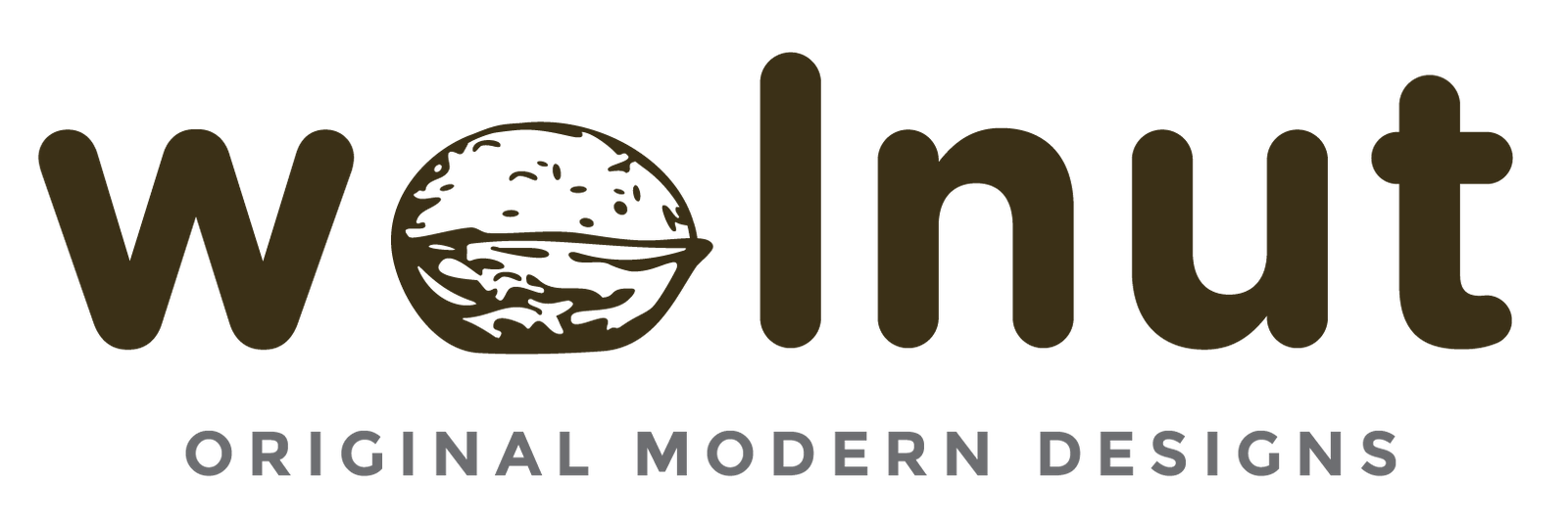
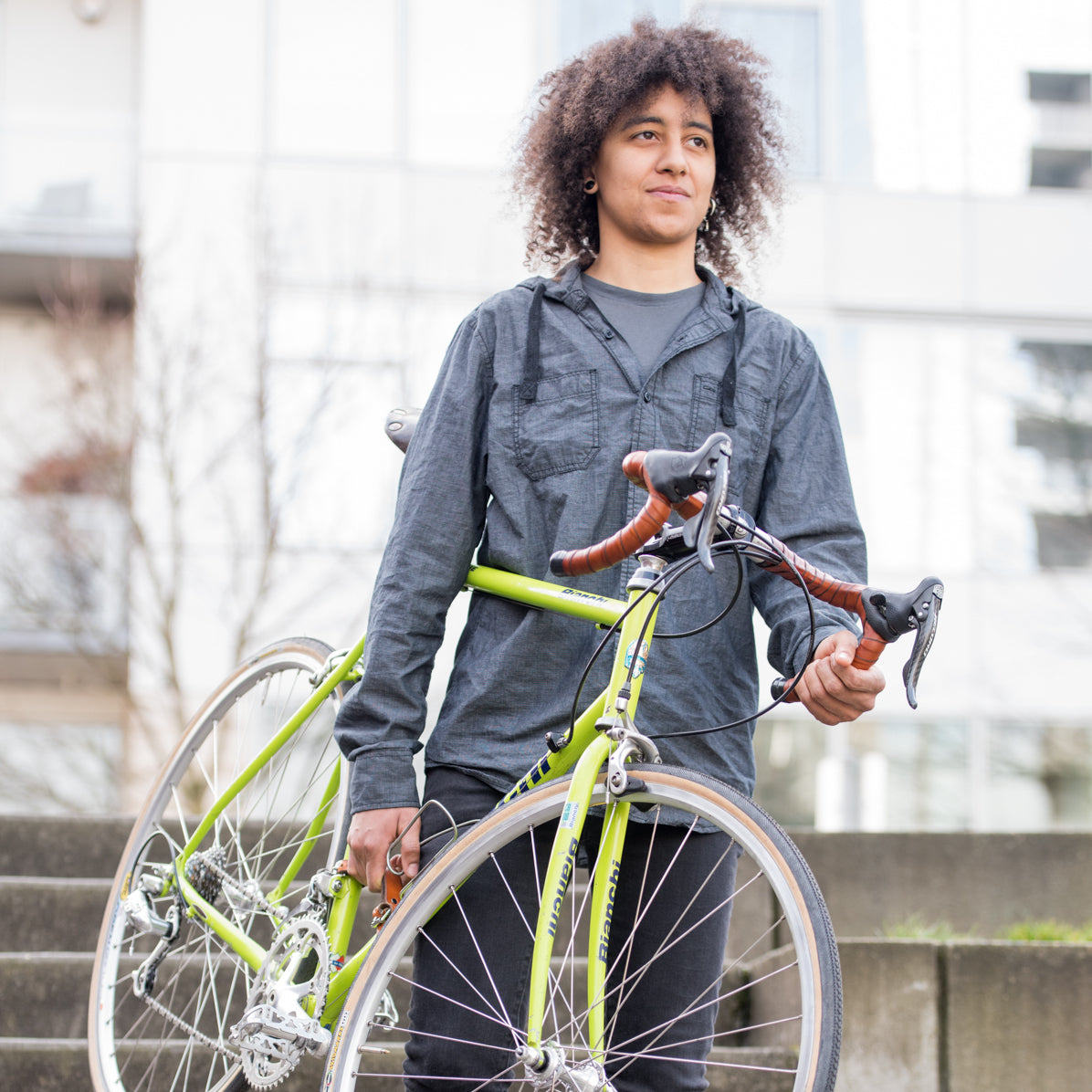
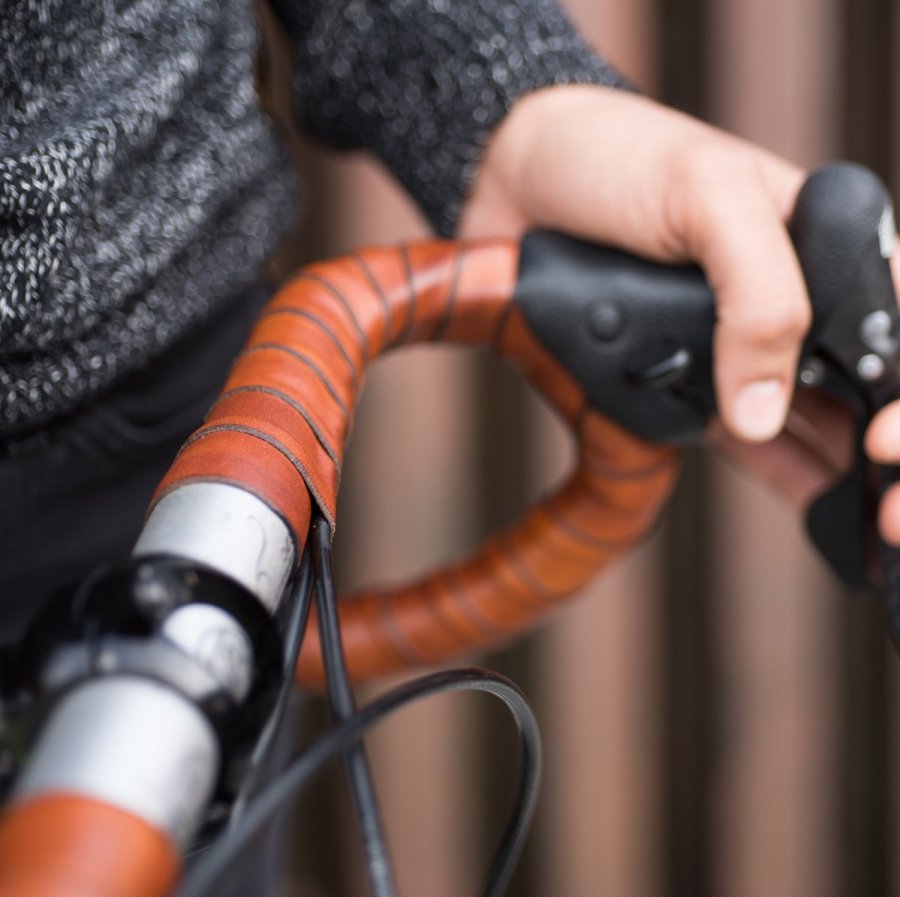
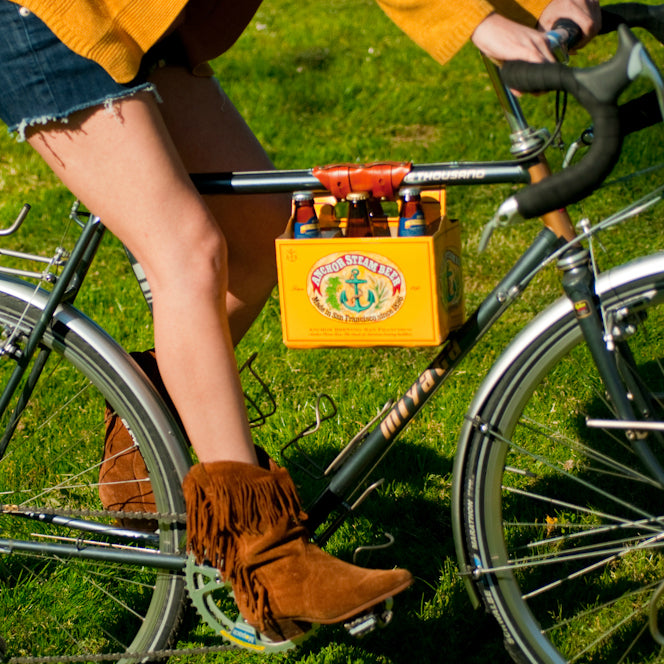
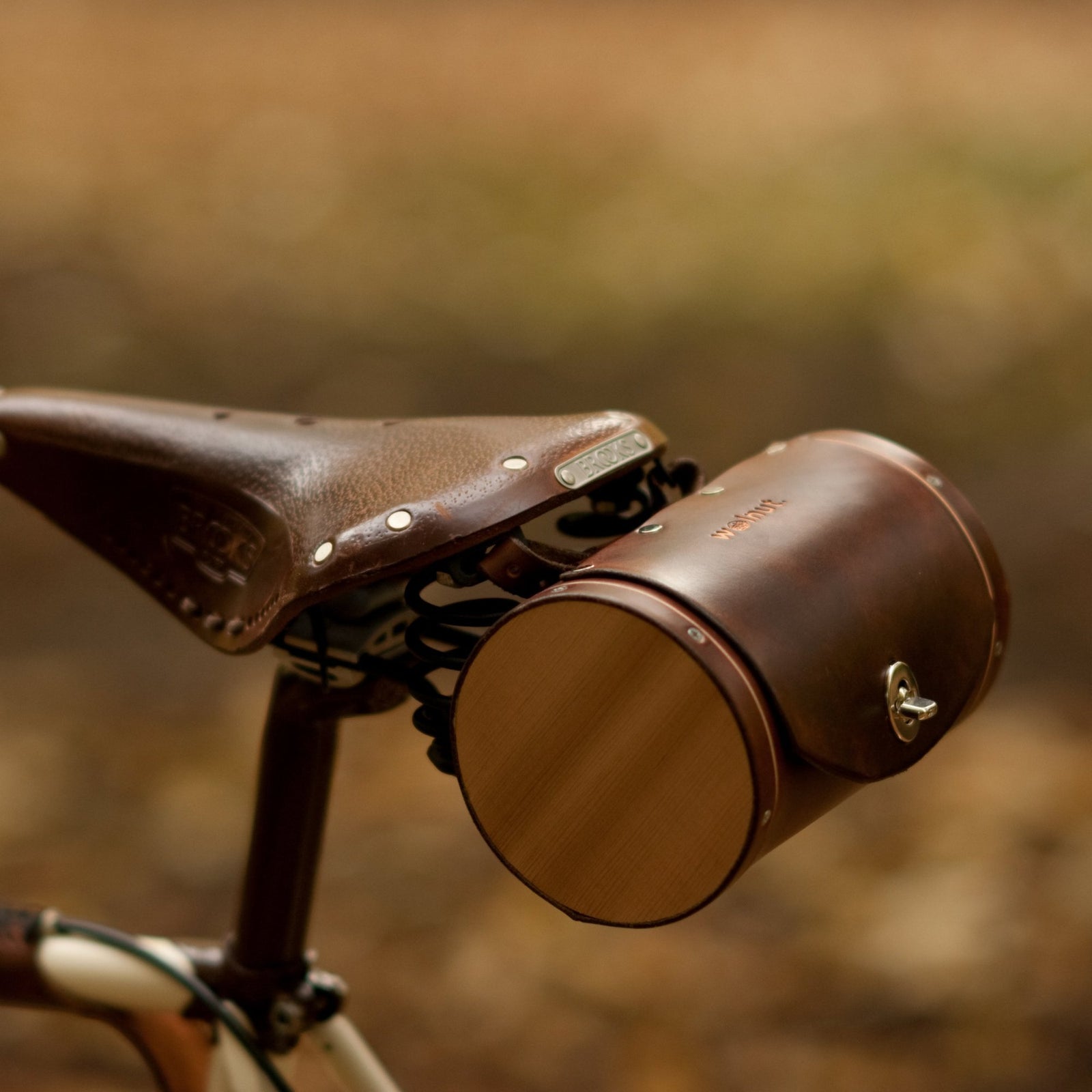
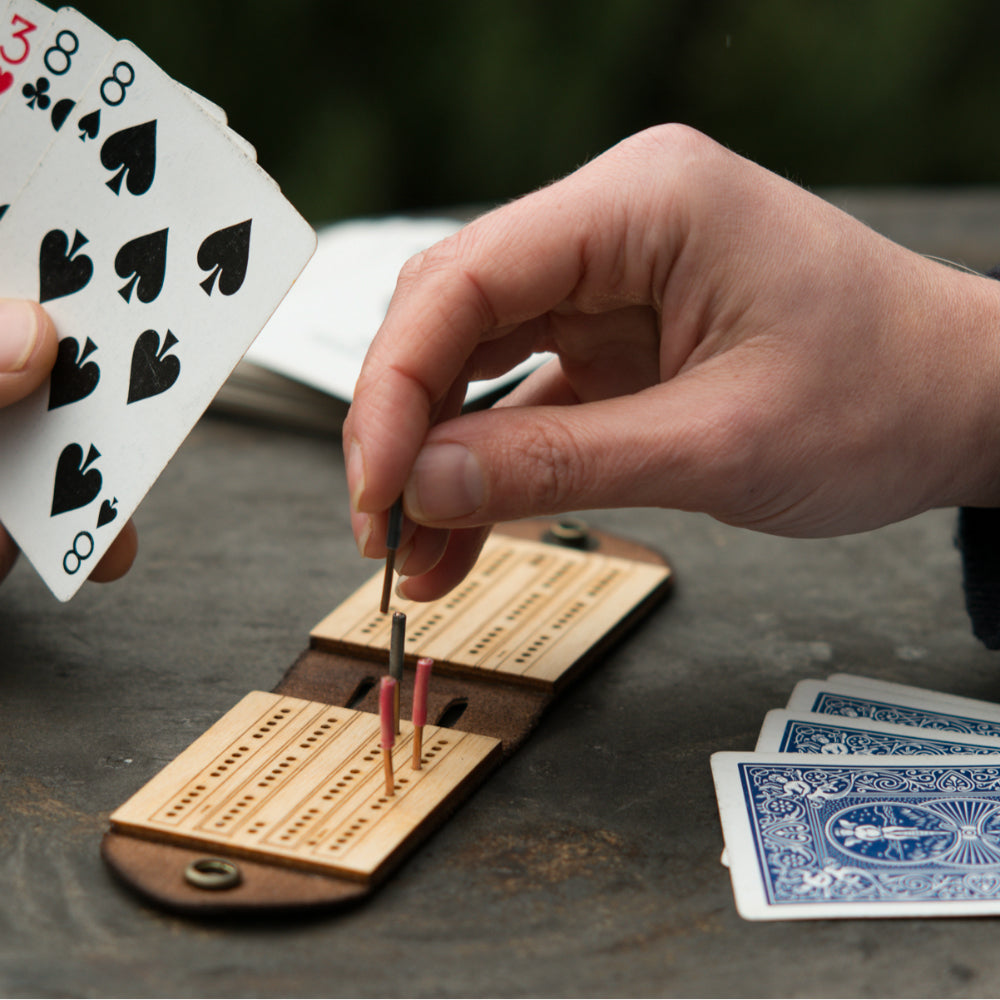



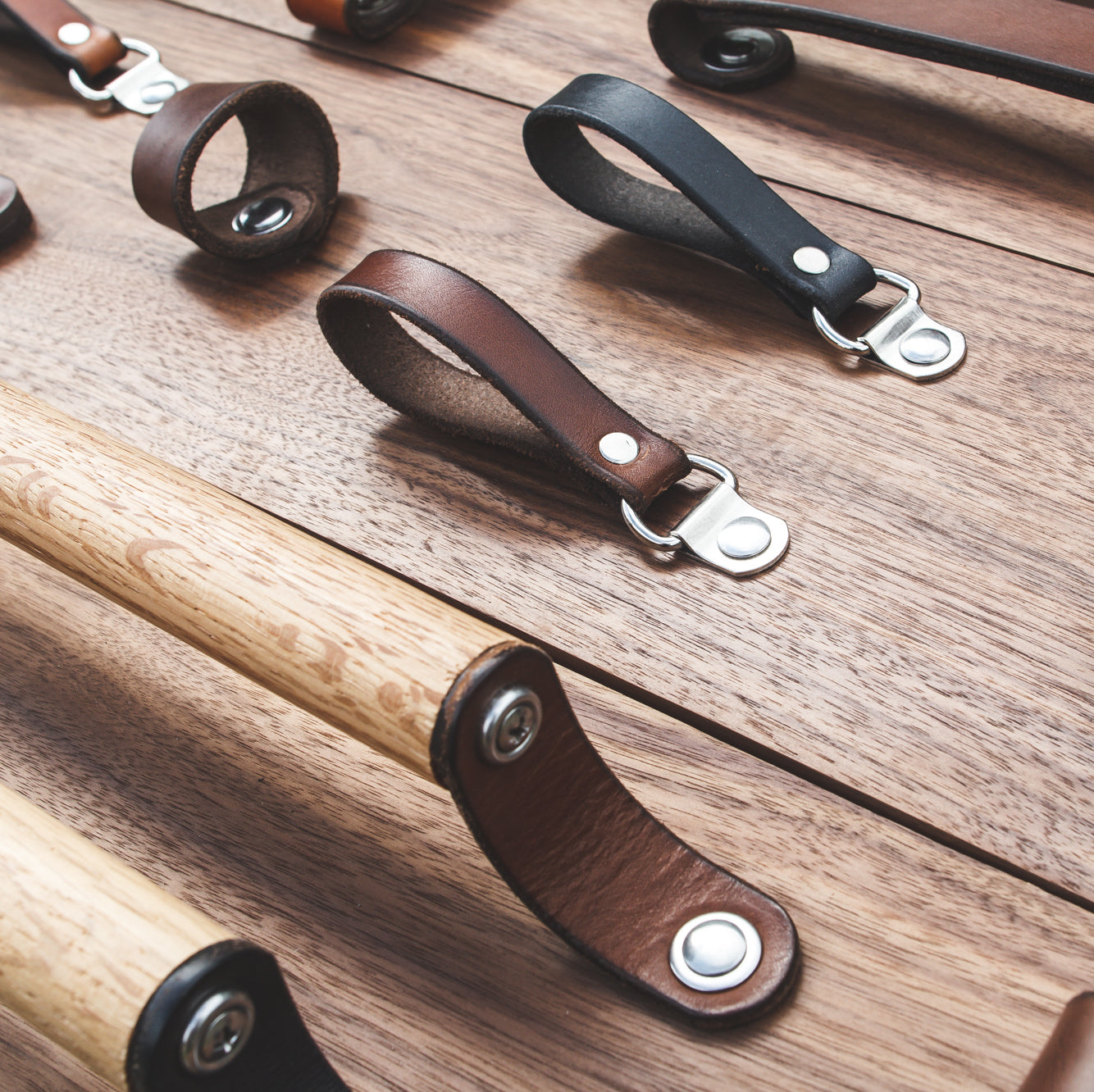


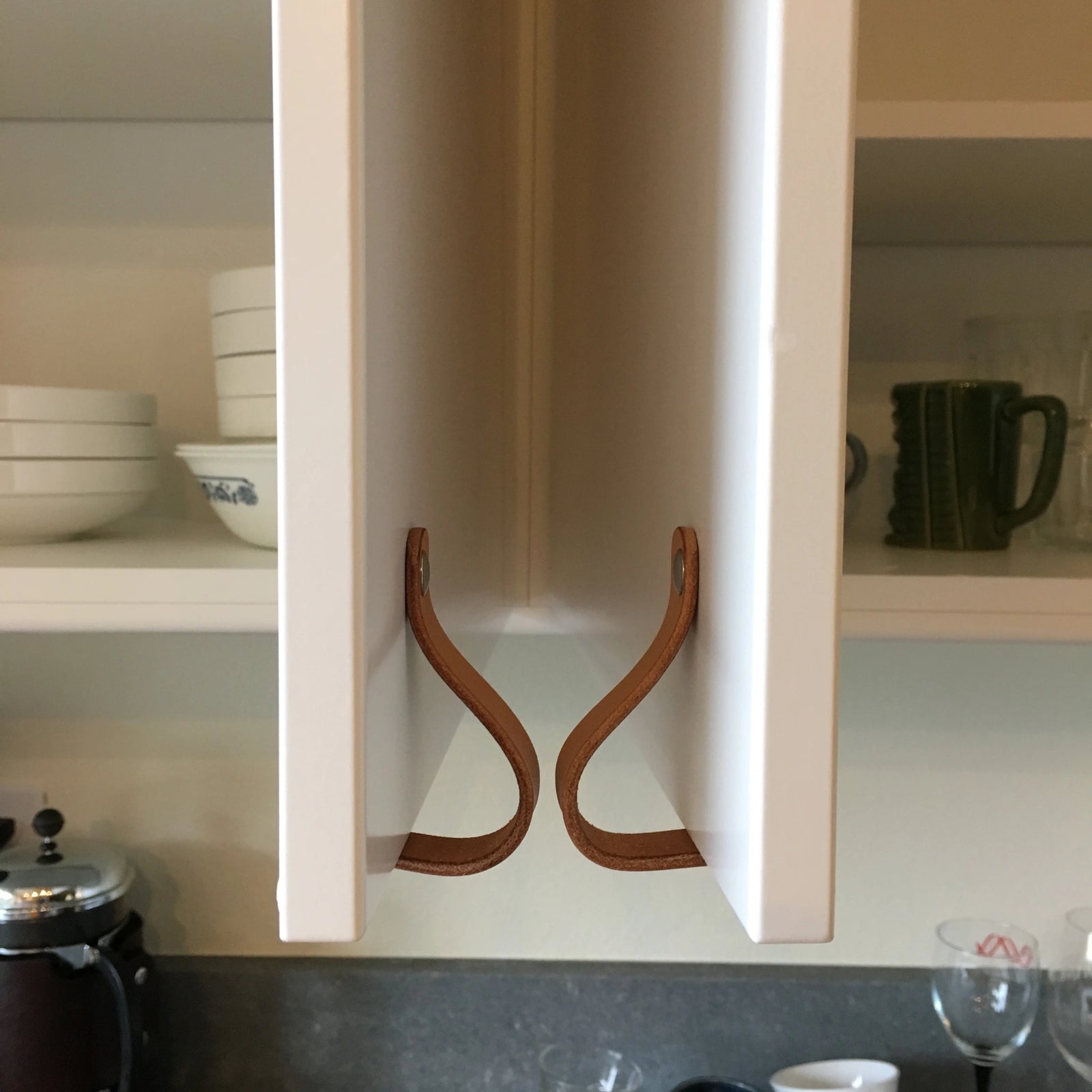
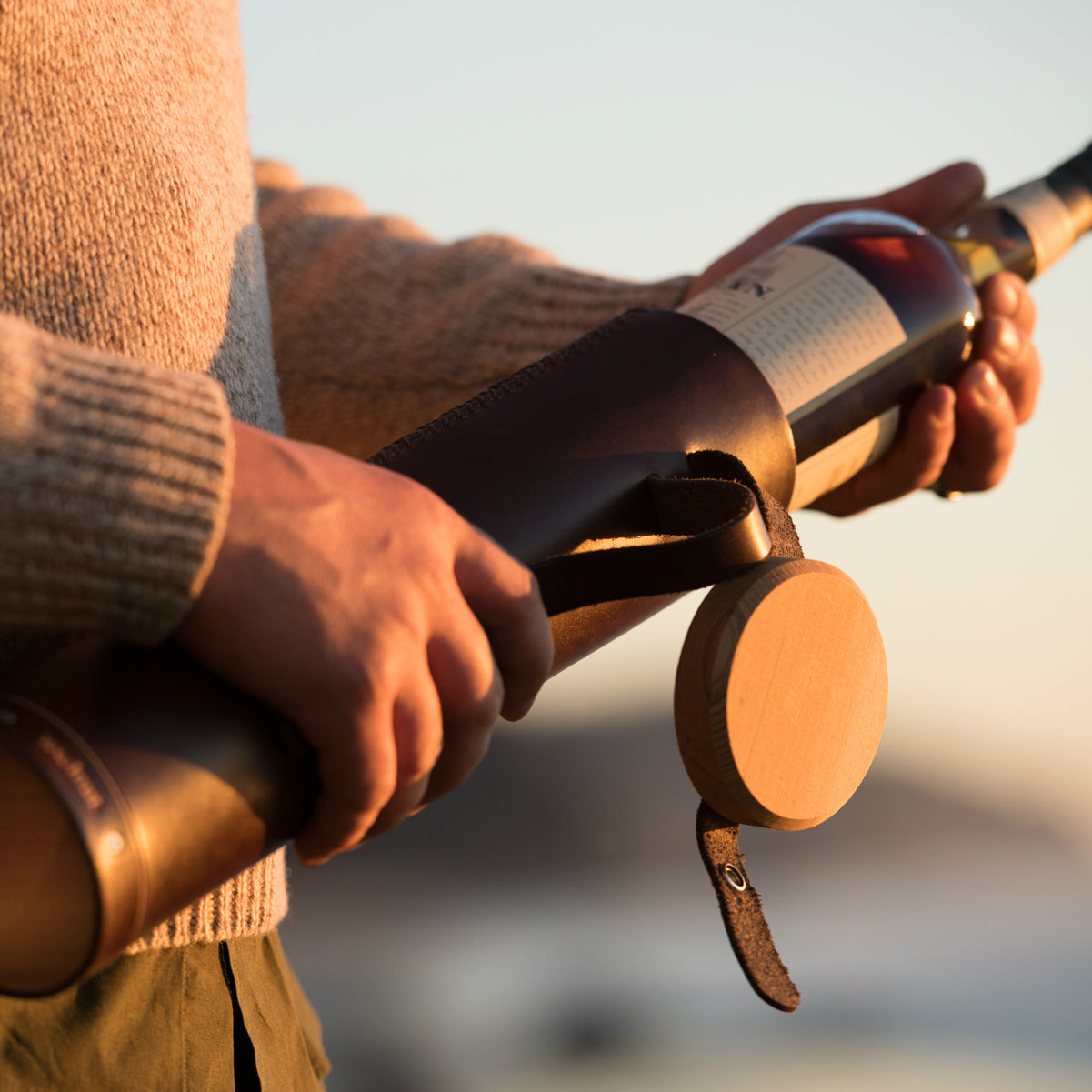
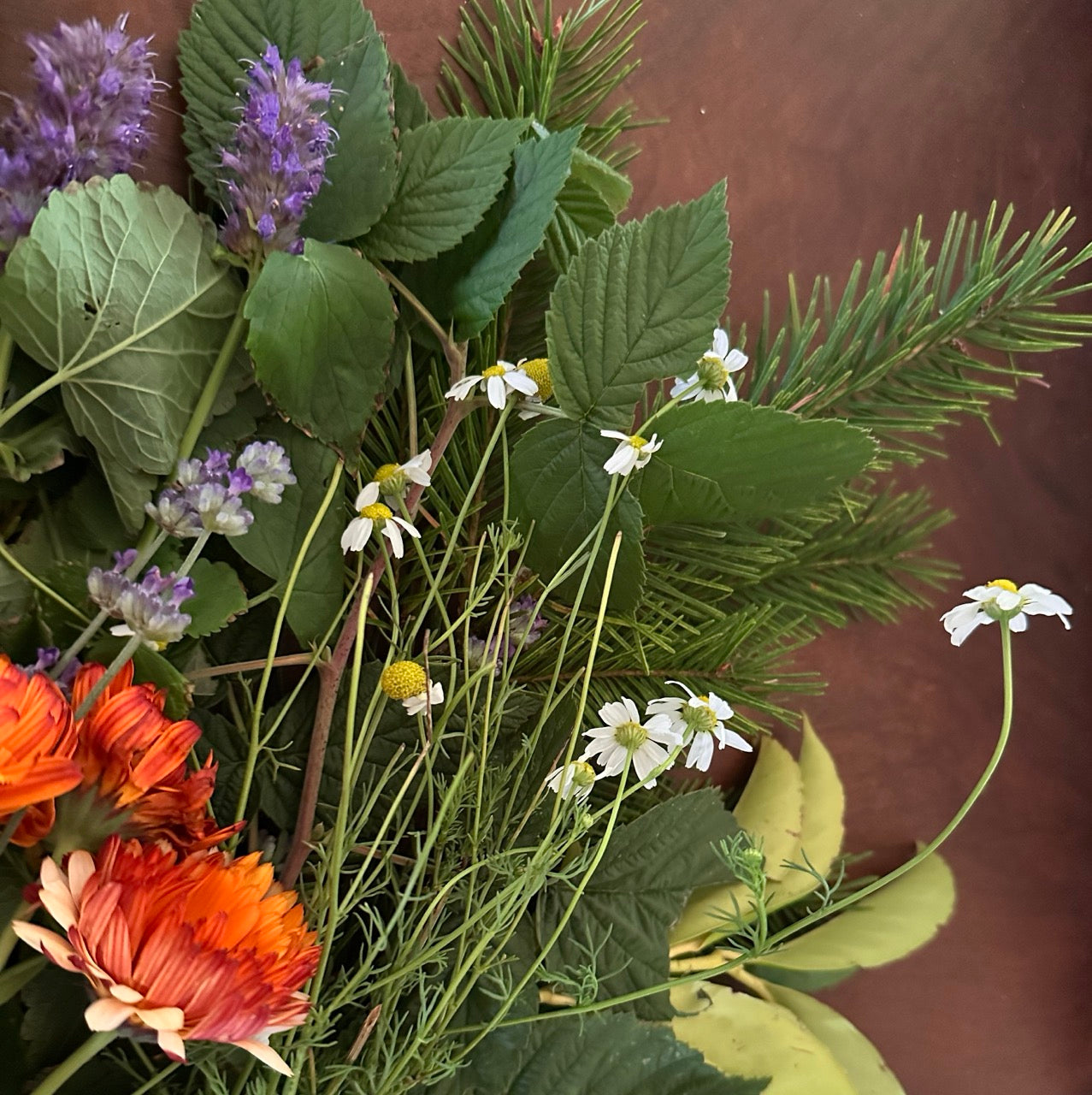
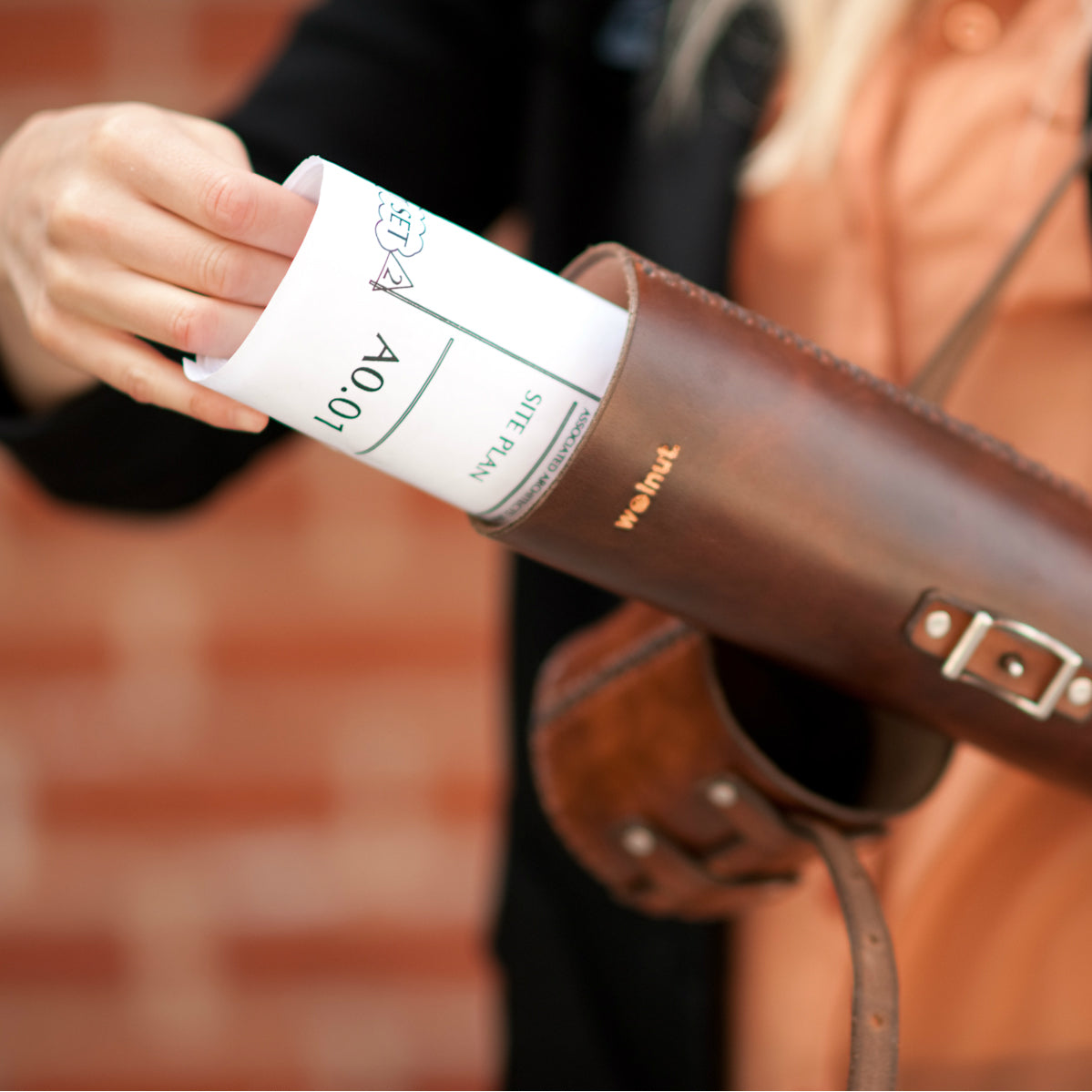
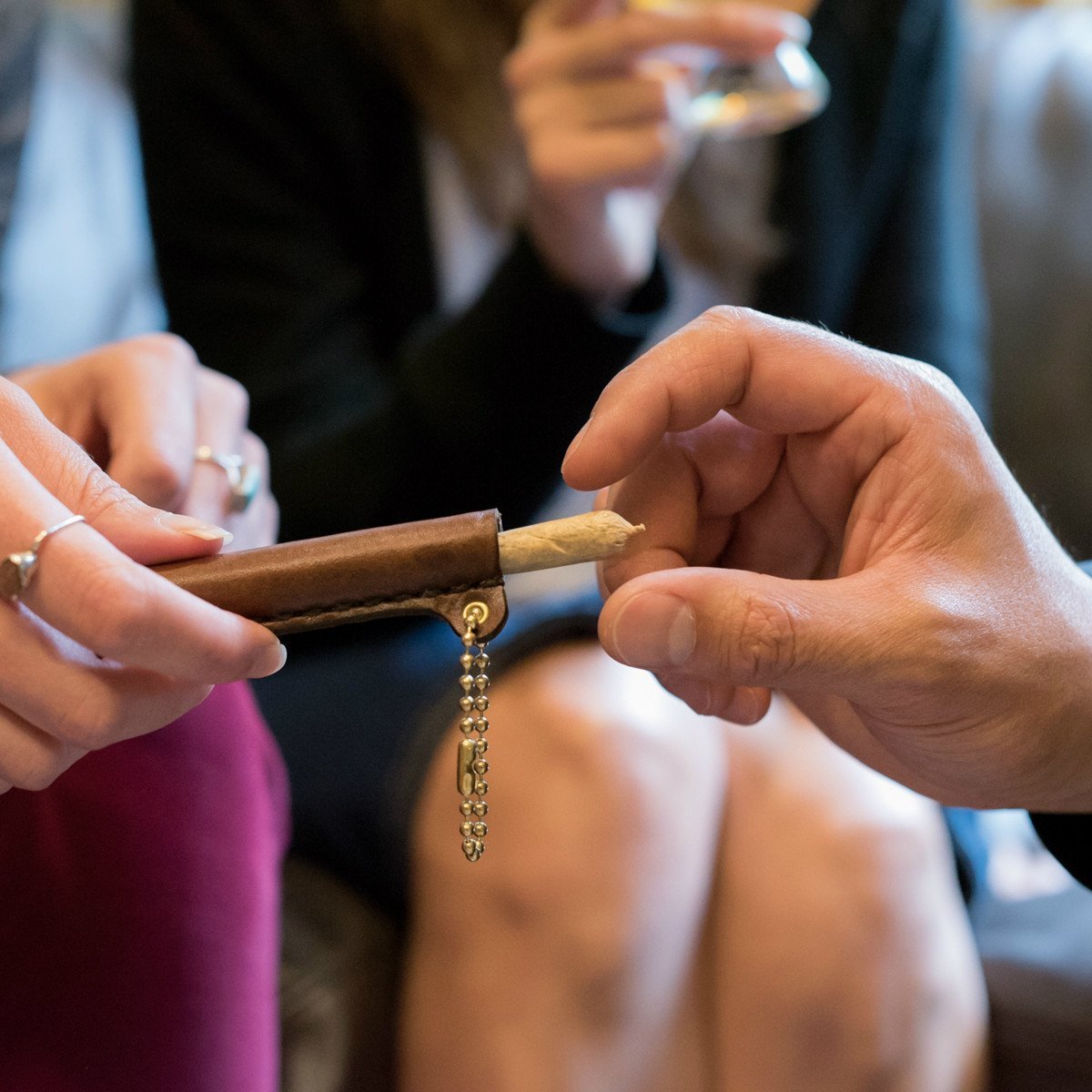
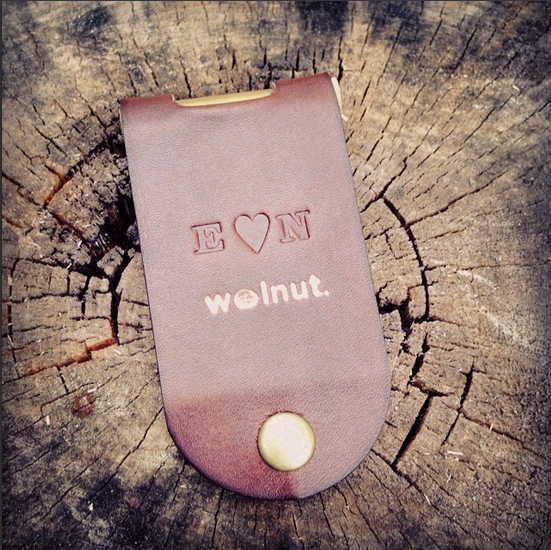
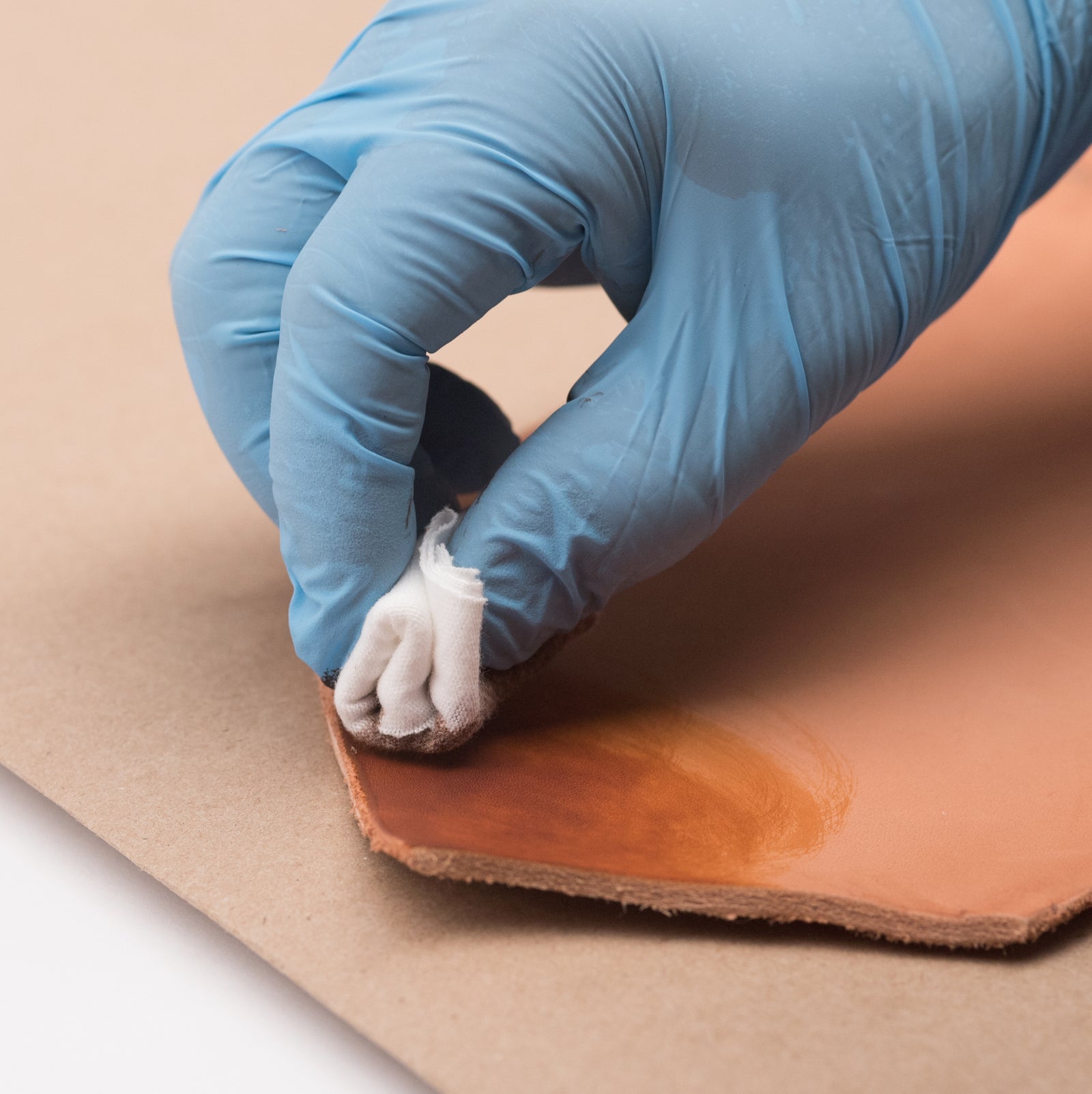
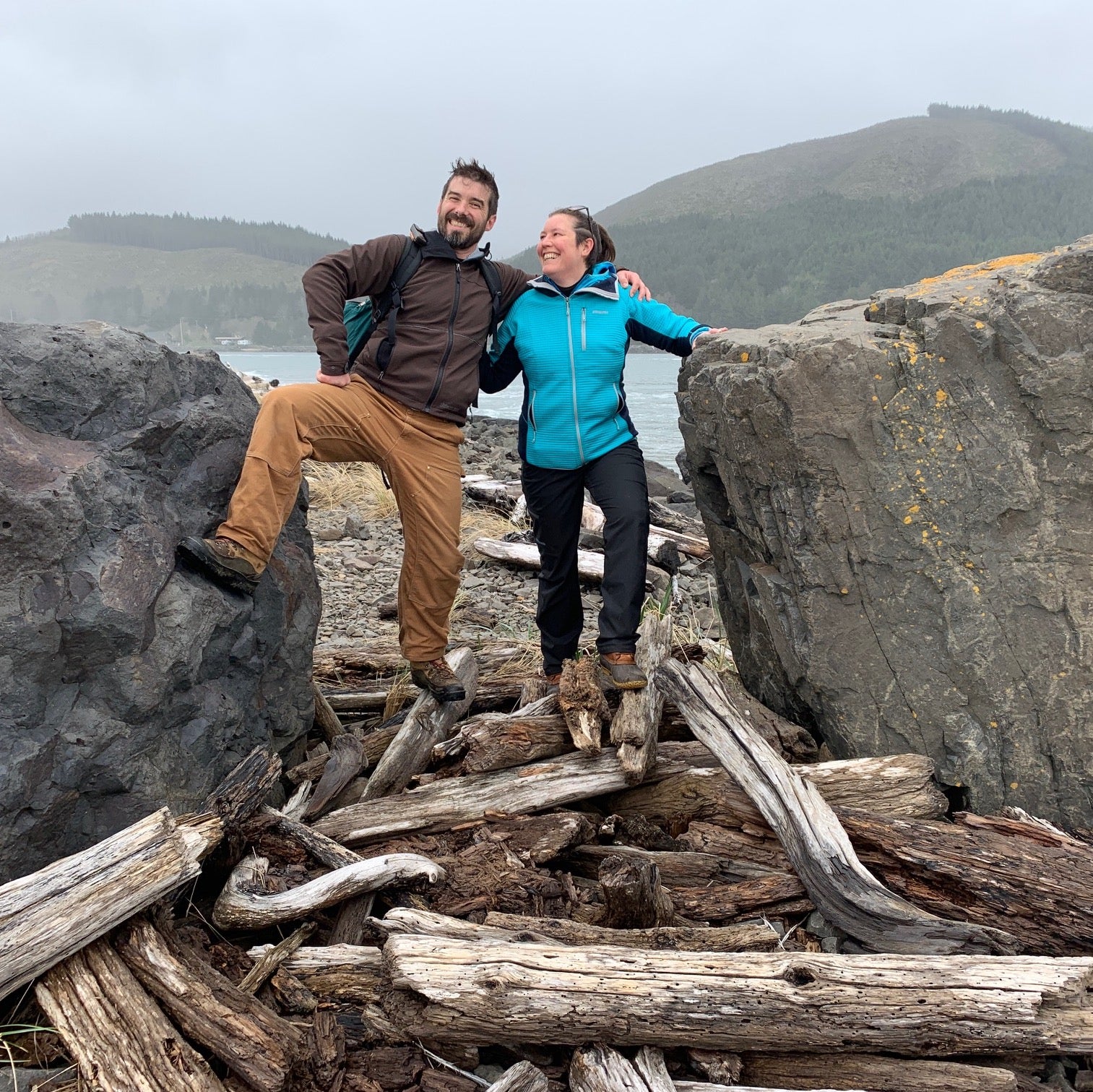
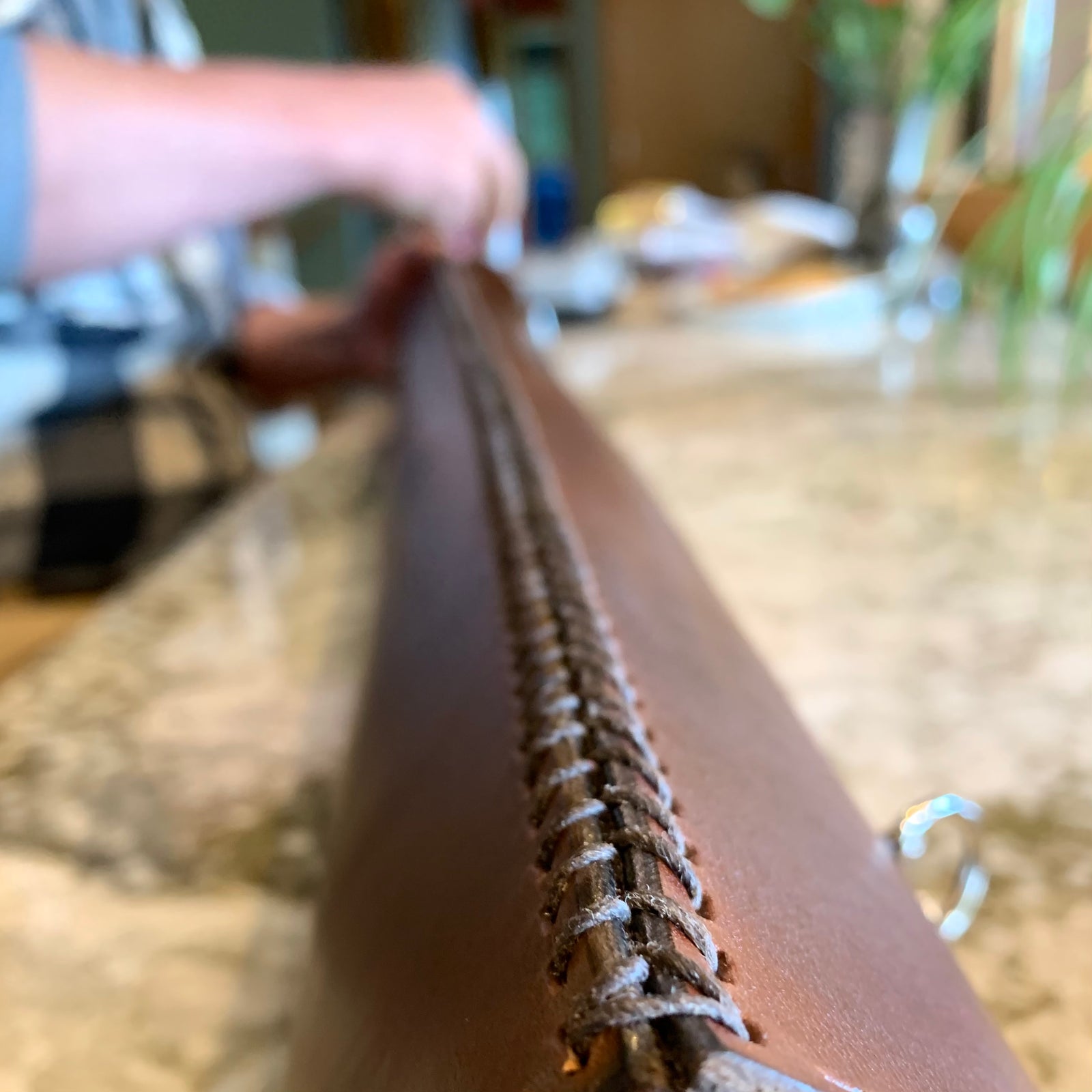
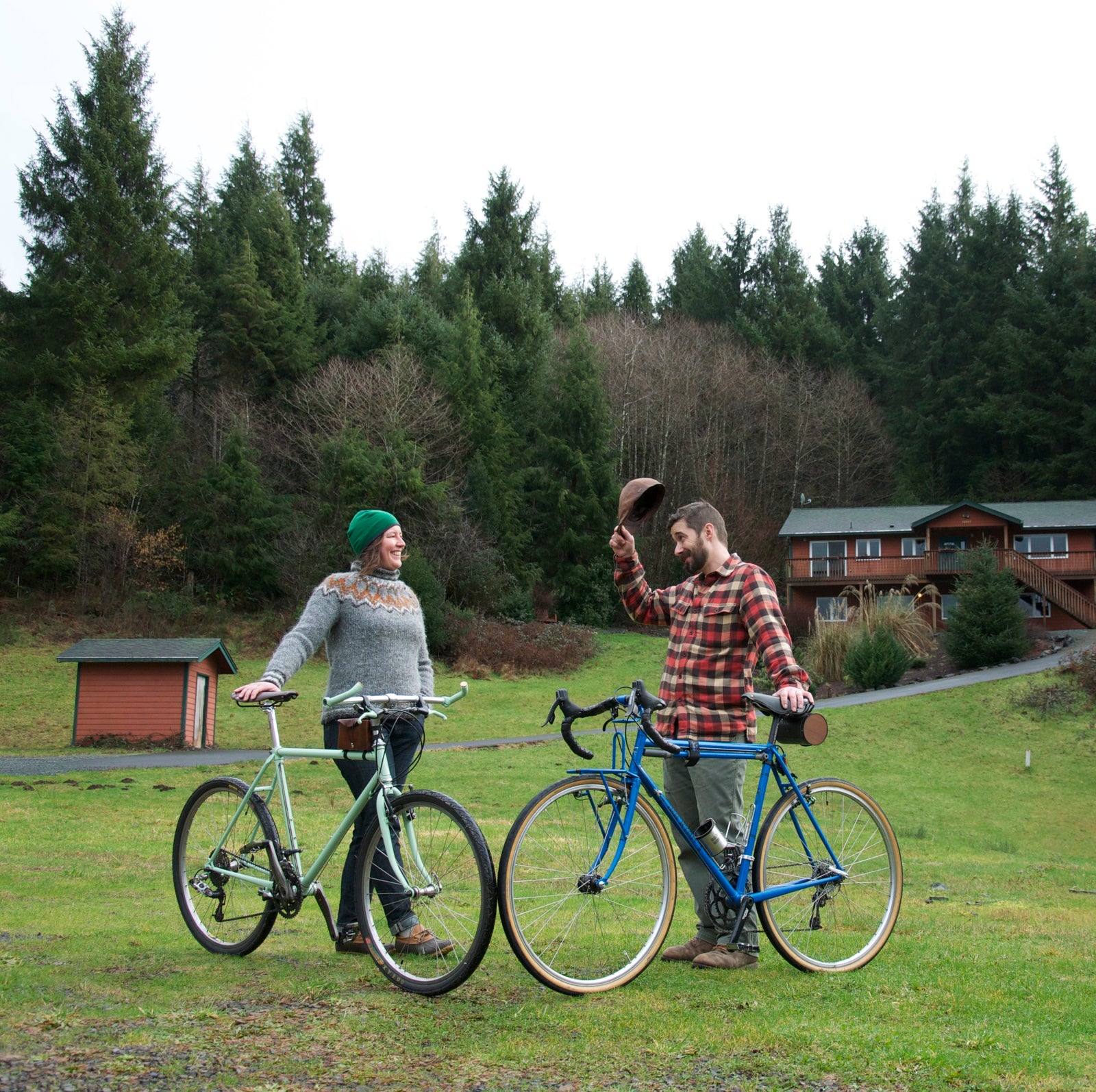









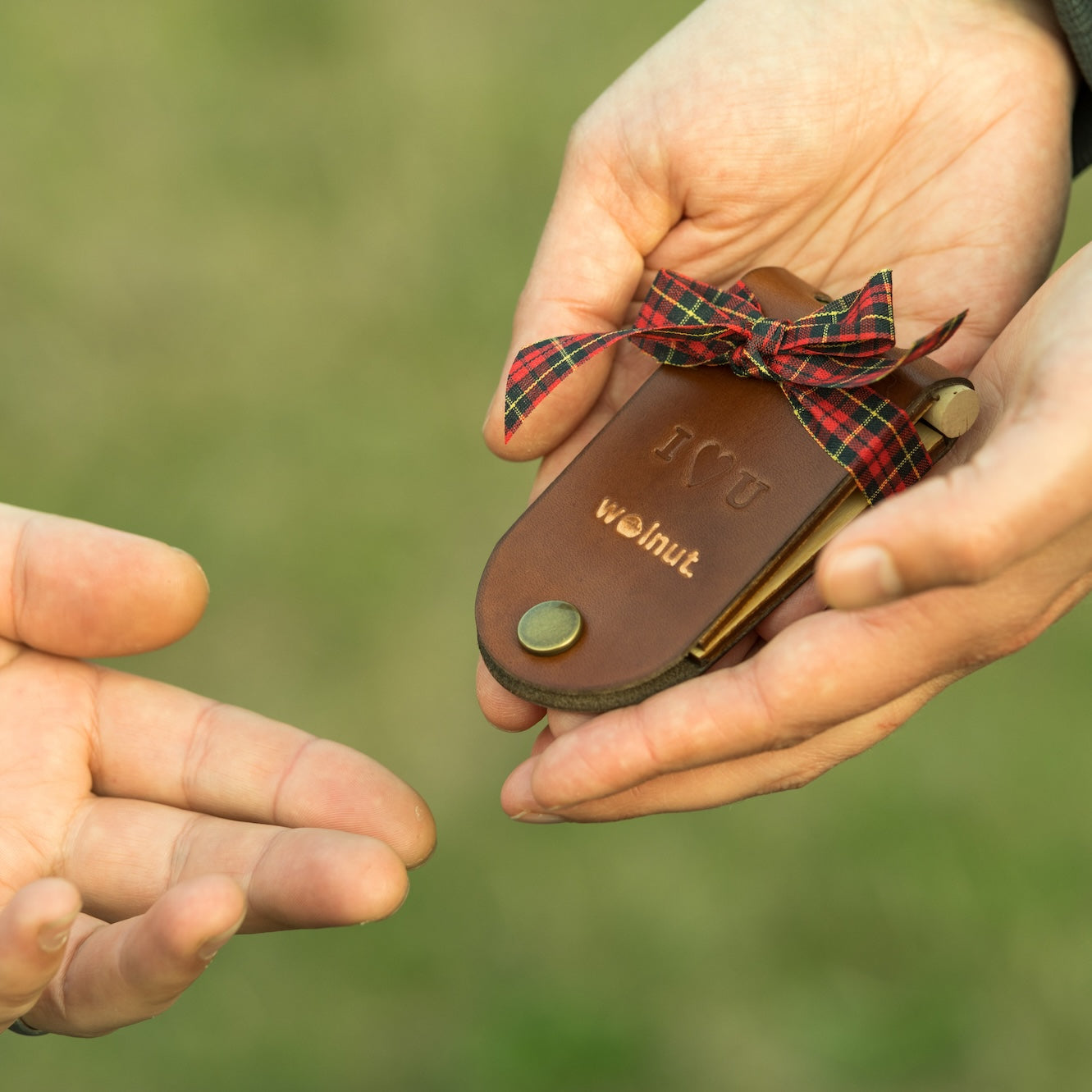

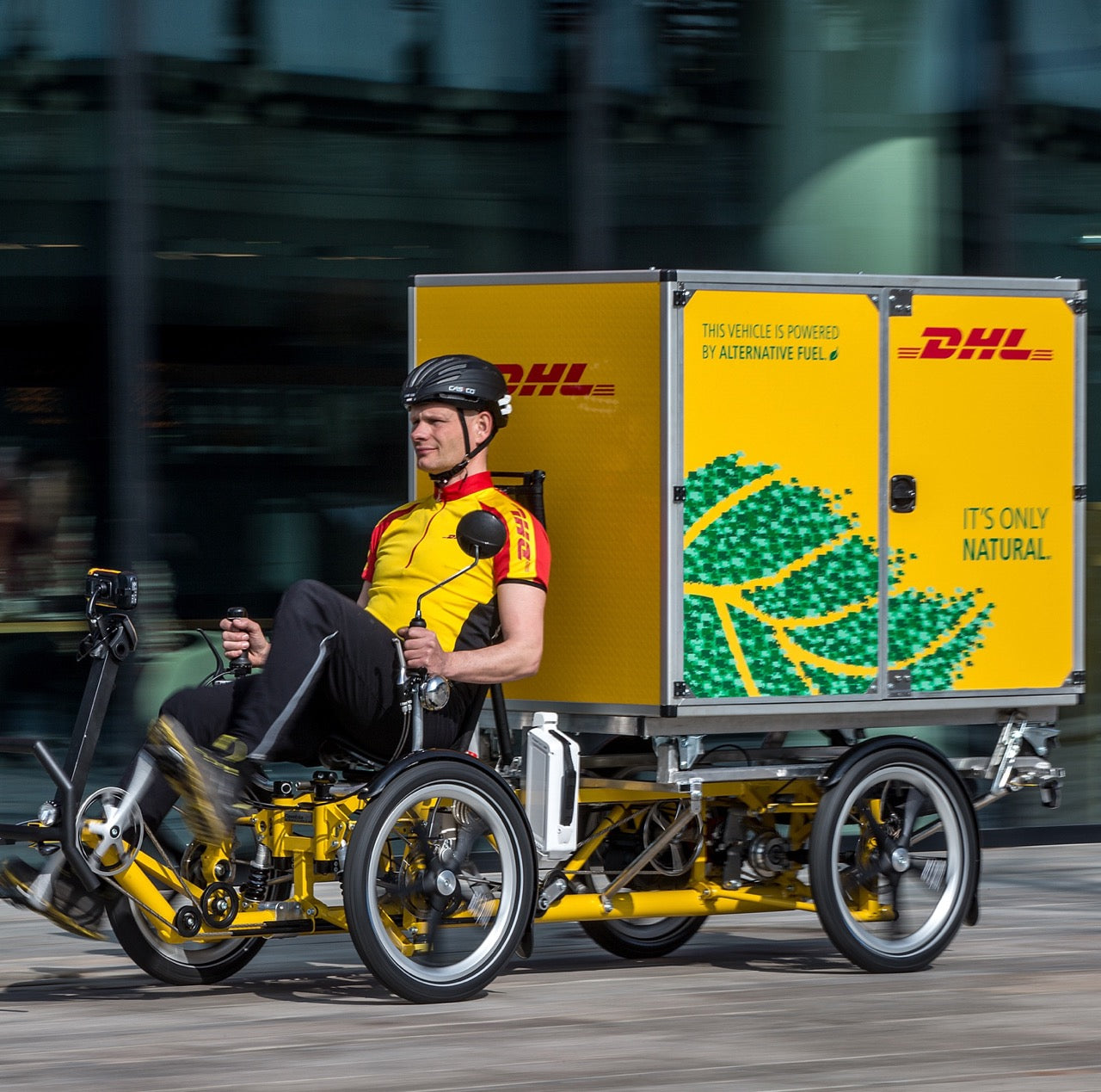
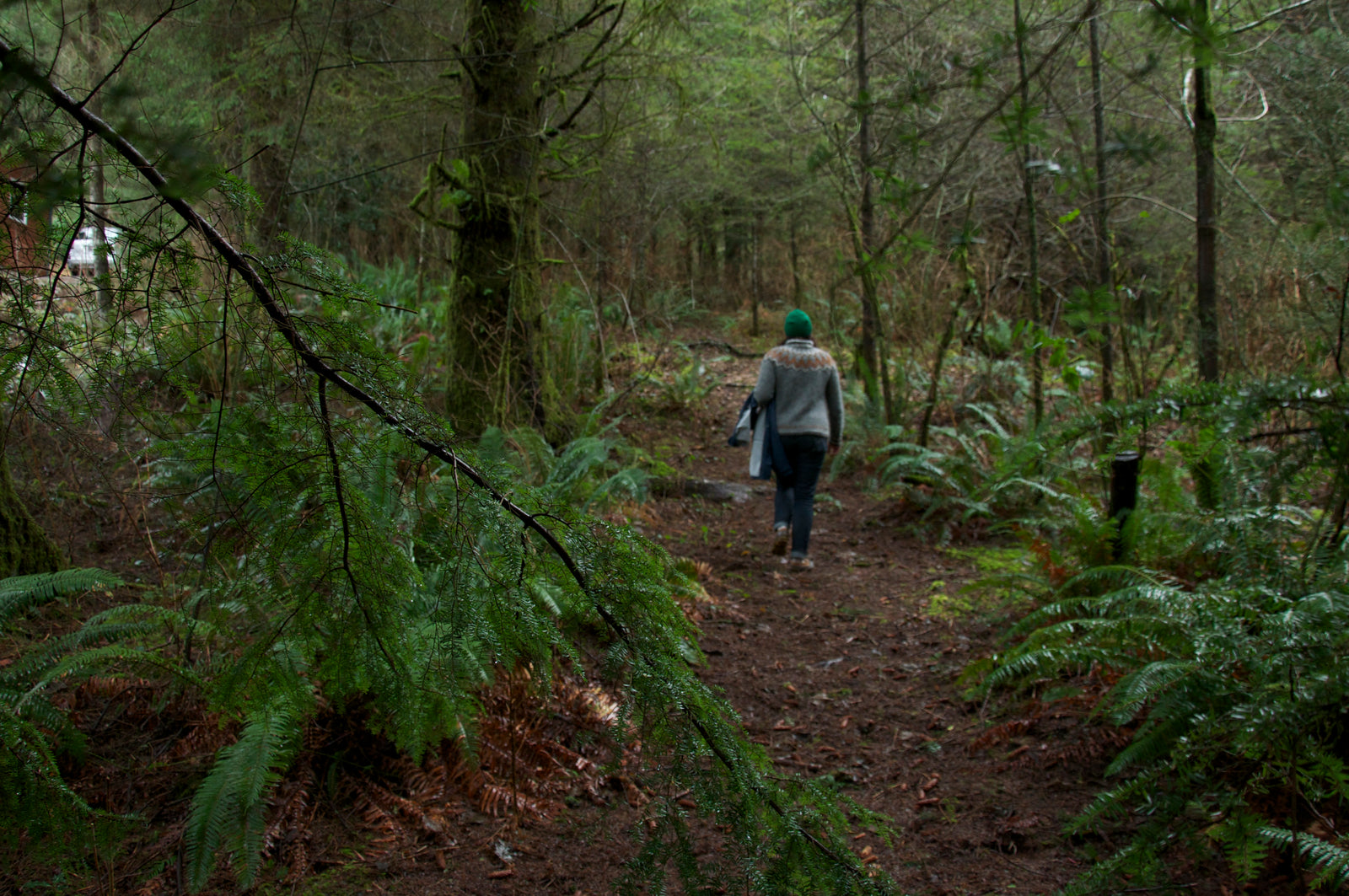
Laisser un commentaire